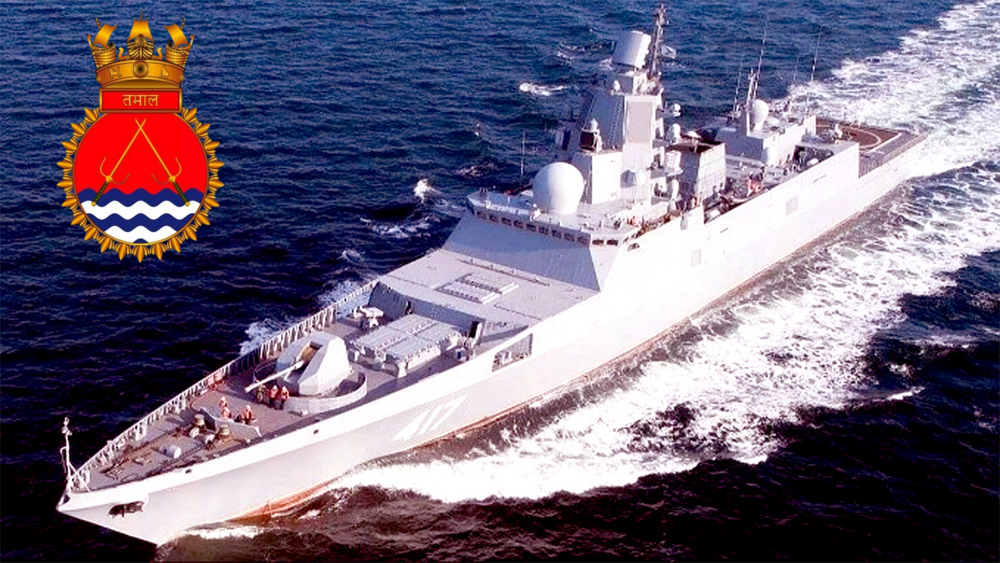
- The Indian Navy will commission INS Tamal, its newest and final foreign-acquired stealth frigate, at Kaliningrad’s Yantar Shipyard in Russia on July 1, 2025.
- Interestingly, 26% of the INS Tamal’s components are domestic, despite the ship being constructed overseas.
- The ship’s main long-range offensive missile is the BrahMos Cruise Missile, which can travel between 290 and 450 kilometres at a speed of nearly Mach 3.
- Tamal, the final foreign-built frigate to join the Indian Navy, embarks on history, not as a conclusion, but as the beginning of India’s complete path toward defence self-sufficiency.
The Indian Navy will commission INS Tamal, its newest and final foreign-acquired stealth frigate, at Kaliningrad’s Yantar Shipyard in Russia on July 1, 2025. Vice Admiral Sanjay J. Singh, Flag Officer Commanding-in-Chief, Western Naval Command, and several other senior officials from both nations will attend the ceremony, which is a powerful symbol of Indo-Russian naval ties.
INS Tamal will not join the navy as another warship. It is the second of the Tushil class and the eighth of the Krivak class, which are the cutting-edge offspring of the successful Talwar and Teg classes. It represents strategic thinking, technological collaboration, and India’s journey towards independence under Aatmanirbhar Bharat.
A Joint Indo-Russian Stealth Frigate Project
Russia just finished building the Indian Navy’s eighth Krivak-class stealth frigate, INS Tamal. Four Tushil-class frigates were proposed as part of the 2016 Indo-Russian defence treaty; two are being built in Russia, and the other two are being fully technically transferred to Goa Shipyard Limited (GSL) in India.
The Severnoye Design Bureau of Russia’s Project 11356 (Talwar-class) served as the model for the Tushil class’s architecture and design. An Indian Warship Overseeing Team based in Kaliningrad and overseen by the Directorate of Naval Design and Ship Production, which is under the Controller of Warship Production and Acquisition at Naval Headquarters India, closely monitored the construction of INS Tamal.
Interestingly, 26% of the INS Tamal’s components are domestic, despite the ship being constructed overseas. These parts were supplied by more than thirty Indian vendors and nine significant Indian OEMs, significantly enhancing India’s defence manufacturing sector.
Weapons and Their Strategic Use
The ship’s main long-range offensive missile is the BrahMos Cruise Missile, which can travel between 290 and 450 kilometres at a speed of nearly Mach 3. It is a powerful deterrence and a fast reprisal weapon that can accurately strike both land and water targets.
The Shtil-1 Surface-to-Air Missiles are launched using vertical launchers to counter air threats. The radar-guided missiles provide the ship and friendly ships with medium-range anti-air protection by intercepting enemy aircraft, unmanned aerial vehicles, and attacking missiles within a 30- to 5050-kilometreange.
Targets up to 20 kilometres away can be attacked with the A-190E 100 mm ship gun, which fires 80 rounds per minute. It is a weapon that can be used for both close combat operations and shore bombardment.
The AK-630 CIWS (Close-In Weapon Systems) provide the best defence against threats ranging from drones and fast-attack ships to missiles, protecting close-in ranges. Threats within a 2.5-kilometre range can be eliminated by the 30 mm Gatling guns using high fire volumes.
The RBU-6000 anti-submarine rocket launcher and 533 mm torpedo launchers are used to counter submarine threats. The torpedoes can silently strike targets up to 20–40 kilometres away, and the RBU-6000 may deliver depth charges up to 5 kilometres away to frighten or destroy submarines.
INS Tamal possesses a domestic sonar system, the BEL HUMSA-NG Mk II sonar suite, to help with these anti-sub operations. It helps identify undersea threats before they become potential hazards by providing submarine detection within 8 to 20 kilometres
Additionally, it is equipped with the PK-10 decoy launchers, which emit flares or chaff to confuse oncoming guided missiles, and the TK-25E-5 electronic warfare system, which jams or masks enemy radar. Together, they offer soft skills that increase survivability in hazardous environments.
The frigate can operate helicopters such as the Ka-28, Ka-31, and HAL Dhruv as part of its aviation capabilities. These stations give the ship observation, early warning, and anti-submarine capabilities that extend well beyond the horizon, allowing it to travel farther and function in blue-water conditions.
Sonar and Radar: Instruments for Sea Dominance
Advanced radar systems are used by INS Tamal to detect and track threats long before they reach within striking range. An essential early warning capability is offered by the Fregat-MAE-5 radar, which can concurrently track up to 50 aerial and shipborne threats up to 300 kilometres away. The MR-90 Orekh radar, which provides precise fire control for air defence missiles, is added to this.
The MR-212 radar offers high-resolution situational awareness to prevent collisions and guide the ship to safety for safe and manoeuvrable maritime navigation, especially in crowded or coastal waterways. The Bharat Electronics Limited-made HUMSA-NG Mk II sonar is an essential instrument for spotting mines and submarines beneath the waters. It is the backbone of the ship’s anti-submarine warfare capacity, capable of accurately classifying and tracking threats in both passive and active operational modes.
Future upgrades will also equip INS Tamal with variable depth sonar (VDS) or towed array sonar systems. With a range of 50 to 100 kilometres, devices should be able to detect submarines, enabling ships to reach deeper waters and more complex acoustic situations.
Maritime Strategy Role
In India’s naval strategy, Tamal serves as a sensor-based network node in addition to a weapons platform. Target tracking, fleet management, and real-time surveillance are made possible by the ship’s integrated systems. It improves decision-making across the fleet by supplying data to other naval systems.
The vessel functions as a sea-denial mobile platform that can control vital chokepoints such as the Persian Gulf, the Strait of Hormuz, and important areas of the Indian Ocean Region (IOR) thanks to its long range and advanced radar/sonar systems.
INS Tamal is an example of India’s developing defence industry by integrating technologies made in India into a platform built abroad. Additionally, it signifies the completion of the final ship of its type to be built abroad. Soon, it signifies a shift to entirely domestic warship production and construction.
Conclusion
The INS Tamal represents India’s growing position in the global maritime order and is more than just another warship. With her potent arsenal, versatility in multiple roles, and most recent stealth capabilities, Tamal is rewriting the rules for what a frigate should be in the twenty-first century. From the chilly Kaliningrad shipyards to the balmy waters of the Indian Ocean, Tamal represents the history of two great countries and their unwavering commitment to collaboration, innovation, and defence.
Tamal, the final foreign-built frigate to join the Indian Navy, embarks on history—n, t as a conclusion, but as the beginning of India’s complete path toward defence self-sufficiency. It embodies “Aatmanirbhar Bharat” and the idea of a “Aatmanirbhar Bharat” and the vision of a “Combat-Ready, Credible, Cohesive, and Future-Ready Force.”Named after the legendary sword of Indra, nd blessed by the spirit of ‘The Great Bears’, INS Tamal is a sentinel of India’s maritime interests—whenever, wherever. Its war cry, “Sarvada Sarvatra Vijaya”—”Victorious Always, Everywhere”—is not just a slogan; it is a guarantee inscribed on each bolt of this grand ship.
As Tamal becomes a part of the Western Fleet—India’s ‘Sword Arm’, she brings with her not merely weapons and systems, but the aspirations of a billion people, the pride of Indian engineering, and the confidence of strategic partnerships that span oceans.
From the ocean's depths to the pinnacles of power projection, INS Tamal sails ahead—swift, silent, and supreme.
References:
- Press Information Bureau, Ministry of Defence, Government of India (2025). Indian Navy Set to Commission the Latest Stealth Frigate Tamal in Russia. [Release ID: 2138662]. Retrieved from: https://pib.gov.in
- GlobalSecurity.org. (n.d.). Project 11356 / Krivak IV / Talwar-Class Frigates. Retrieved from: https://www.globalsecurity.org/military/world/india/talwar.htm
- Naval Technology. (2024). Talwar-Class Frigates – Indian Navy Guided Missile Ships. Retrieved from: https://www.naval-technology.com/projects/talwar-class/ BrahMos Aerospace. (2025). BrahMos Missile Capabilities and Naval Deployment. Retrieved from: https://www.brahmos.com
- Indian Navy – Official Website. (n.d.). Warship Class Specifications and Fleet Details. Retrieved from: https://www.indiannavy.nic.in
- Yantar Shipyard – United Shipbuilding Corporation. (2025). Frigate Construction Updates and Specifications for Project 11356. Retrieved from: https://www.aoosk.ru
- Hindustan Times. (2025, June). INS Tamal: Final Foreign-Built Frigate Ready for Commissioning. Retrieved from: https://www.hindustantimes.com
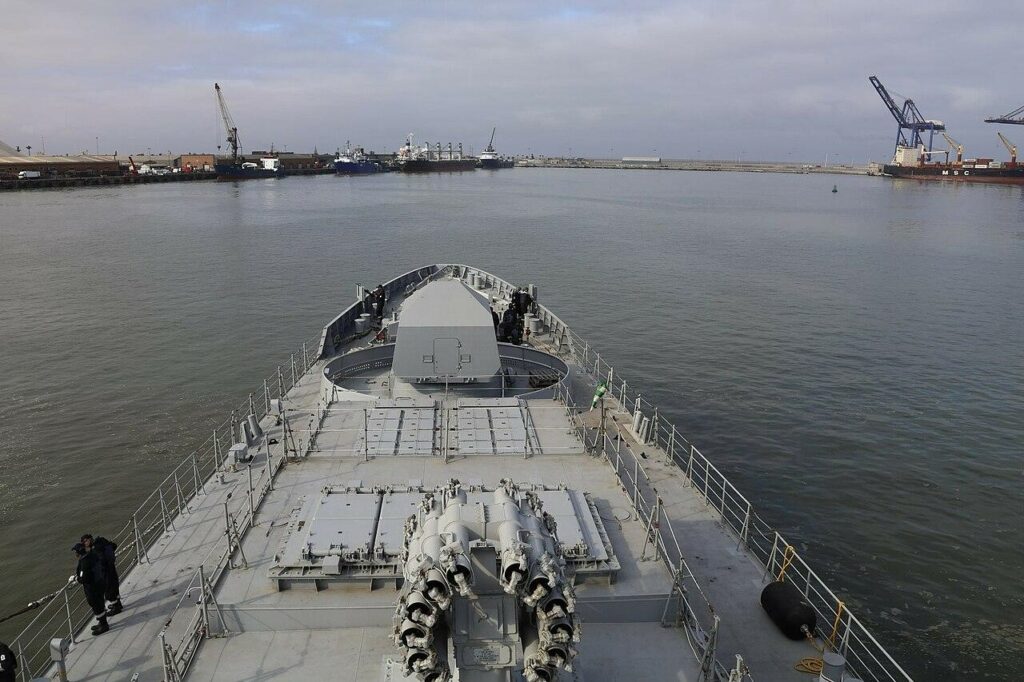
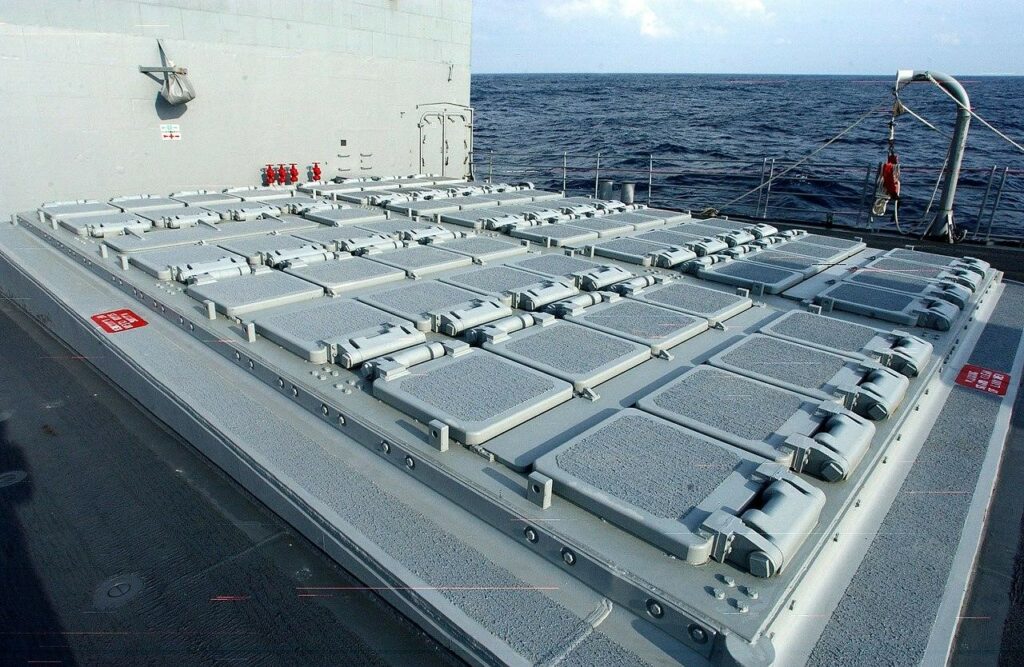
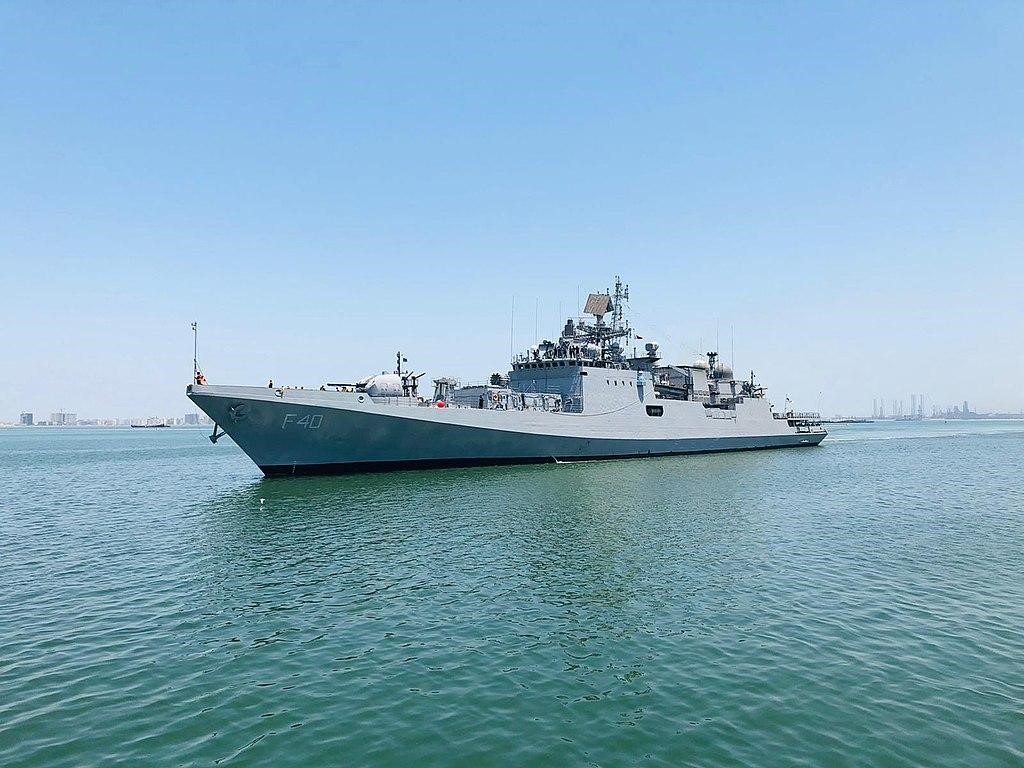
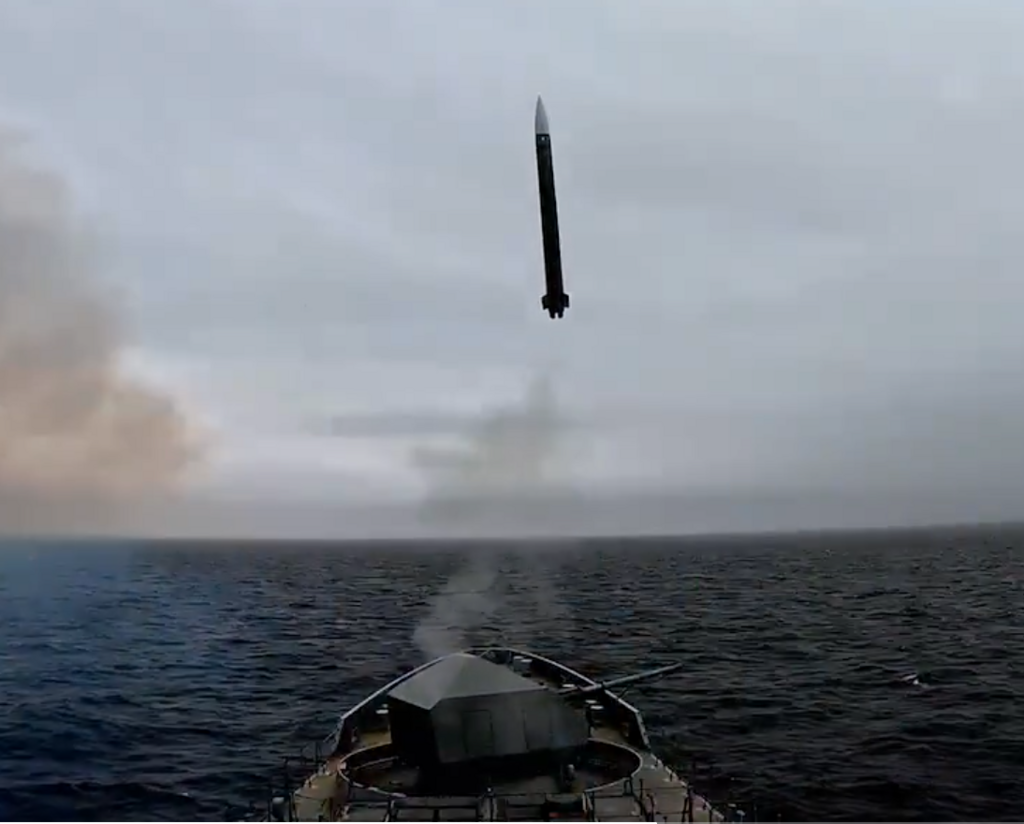
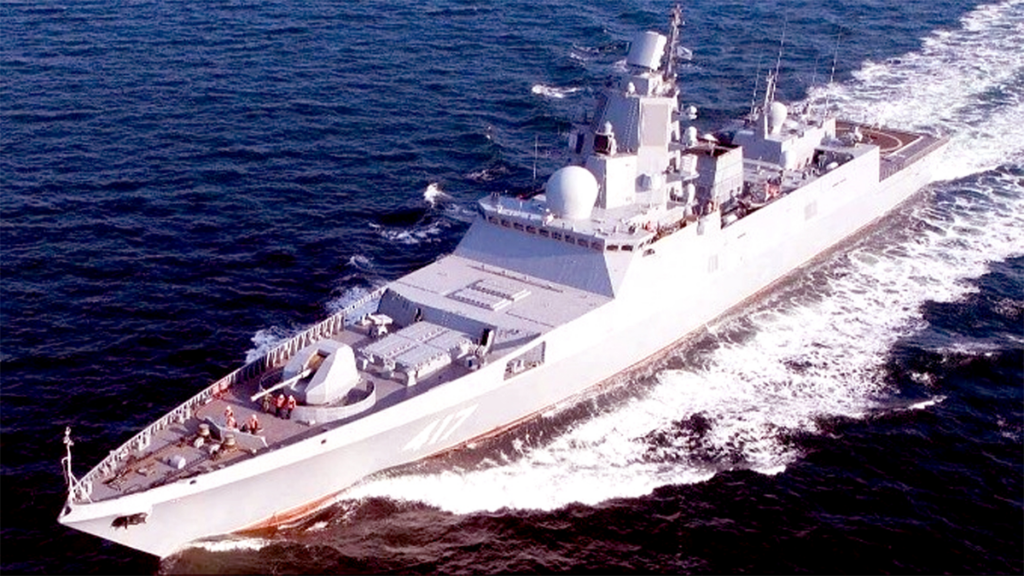
Piyush Anand is a Biotechnology Engineering student at Chandigarh University. His primary interest lies in International Affairs, Defence and Strategy. Views expressed are the author’s own.
